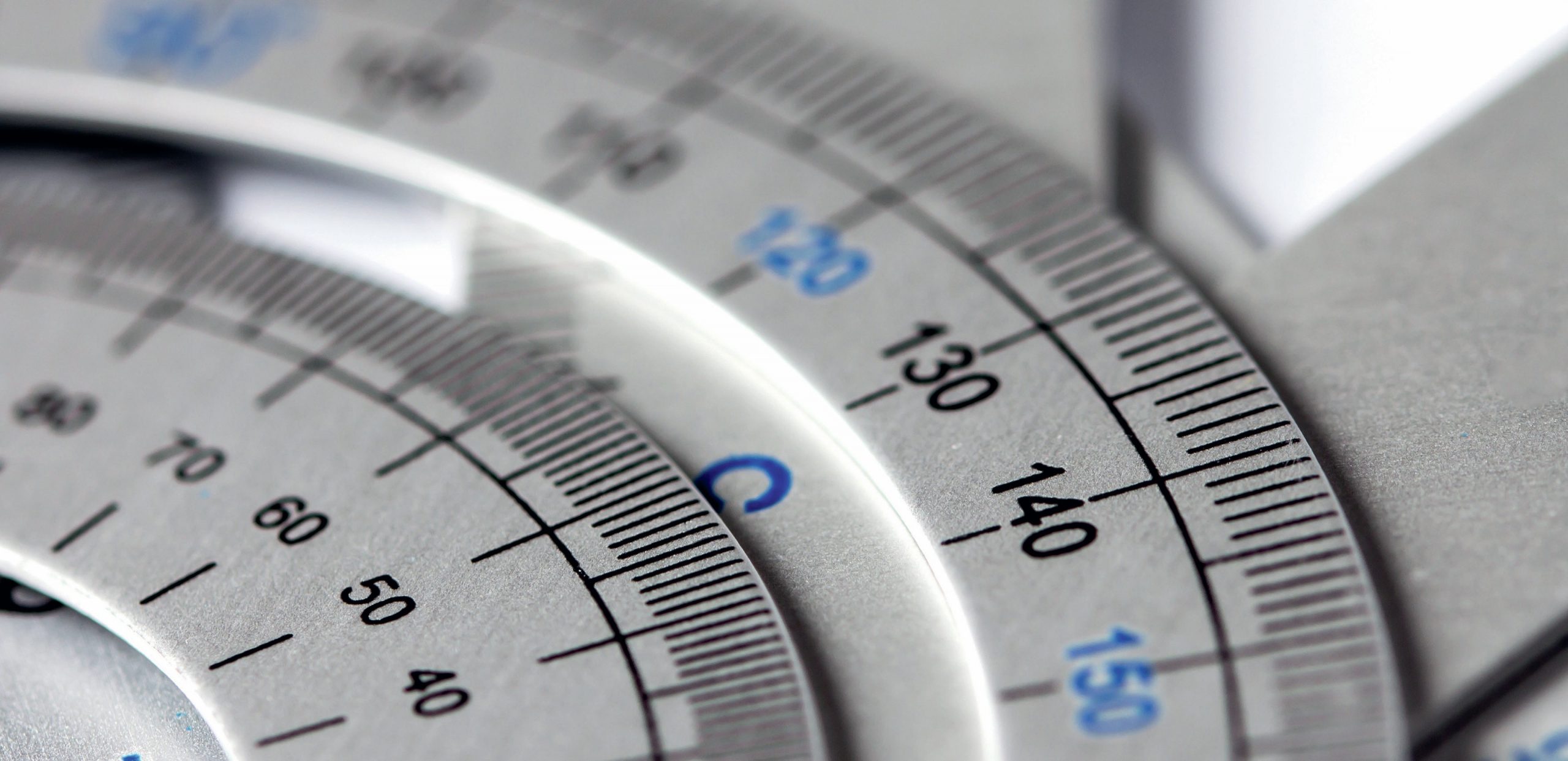
Most people develop a feel for angles through experience and use, without really thinking about them. However, as you progress in physics it helps to take a more considered approach in order to understand how angles are measured and the different units used.
An obvious unit for angle is the turn or revolution. You might, for example, say something has rotated through a quarter turn, or made three revolutions. We often express angles in this way when analysing rotating systems. We might write the rotational speed as revolutions per minute (rpm) or even revolutions per year when talking about the orbital motions of planets. But for precise measurements we normally use other units.
Your organisation does not have access to this article.
Sign up today to give your students the edge they need to achieve their best grades with subject expertise
Subscribe




